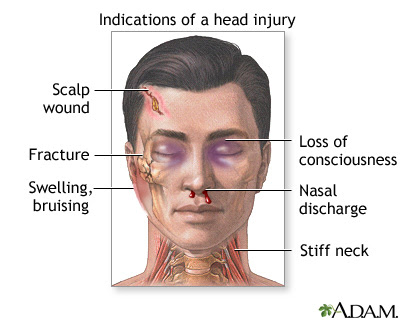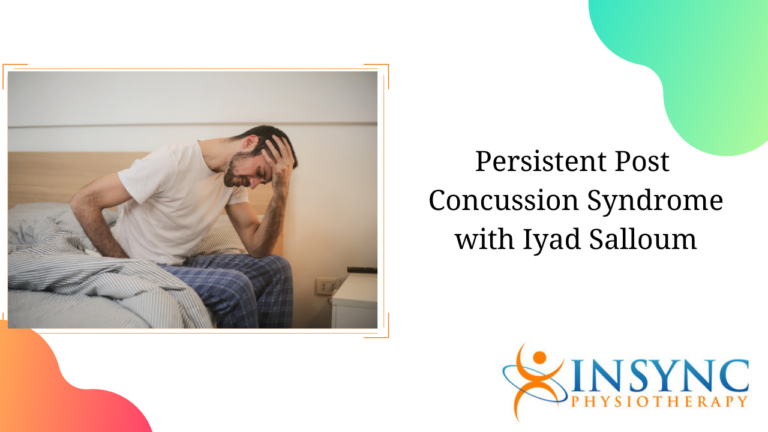Traumatic Brain Injuries
Types of Brain Injuries:
Common Symptoms:
 |
| Common symptoms include: visible wounds, fractures, swelling, facial bruising, altered state of consciousness, bleeding, stiff neck |
Treatment and Prevention:
 |
| Common symptoms include: visible wounds, fractures, swelling, facial bruising, altered state of consciousness, bleeding, stiff neck |

Mark: Hi, it’s Mark from Top Local, I’m here with Iyad Salloum he’s the clinical director of Insync Physio in North Burnaby. And we’re going to talk about persistent post-concussion syndrome. What is this Iyad? Iyad: Yeah, so there’s the common tale of like, you have two different kinds of populations that get this potentially….
New research shows that stronger necks may lead to safer heads. For years, biomechanics researchers have suspected that girls had higher concussion rates than boys in sports like soccer and lacrosse because of gender differences in neck strength. The weaker your neck, the more likely your head will bob around on impact. And concussions are…
Concussions are the most common type of traumatic brain injury (TBI). They can occur as a result of a motor vehicle accident as well as various sports. Symptoms can vary greatly from person to person and not everyone may be aware that they have experienced a concussion when in fact they have. CausesAs mentioned above,…